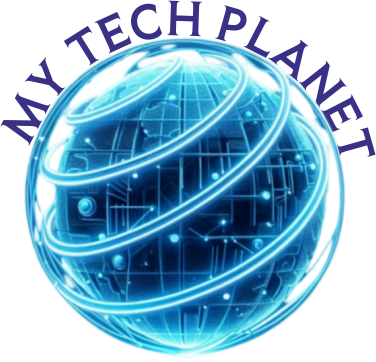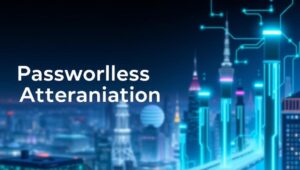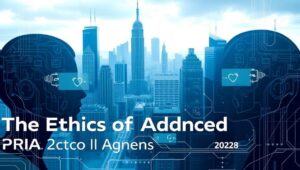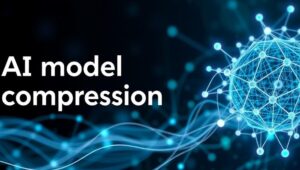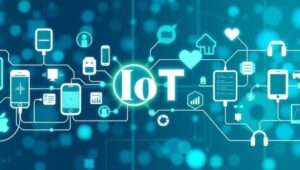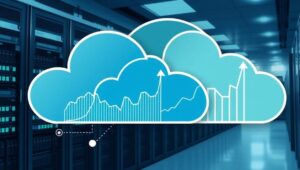May 23, 2025
IoMT in 2025: Revolutionizing Patient Care
IoMT in 2025: Revolutionizing Patient Care The Internet of Medical Things (IoMT) is poised to transform healthcare significantly by 2025. This network of interconnected medical devices and applications is set to enhance patient care, streamline operations, and reduce costs. Let’s explore the key advancements and impacts expected in the coming years. Enhanced Remote Patient Monitoring Remote patient monitoring (RPM) will become more sophisticated and widespread. Wearable sensors and connected devices will continuously collect vital signs, activity levels, and other health metrics. This data enables healthcare providers to: Proactively identify potential health issues: Real-time data analysis can detect anomalies and alert
